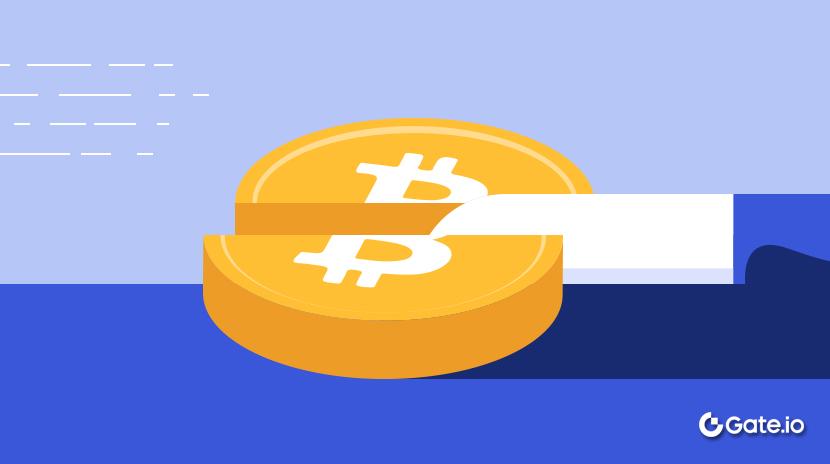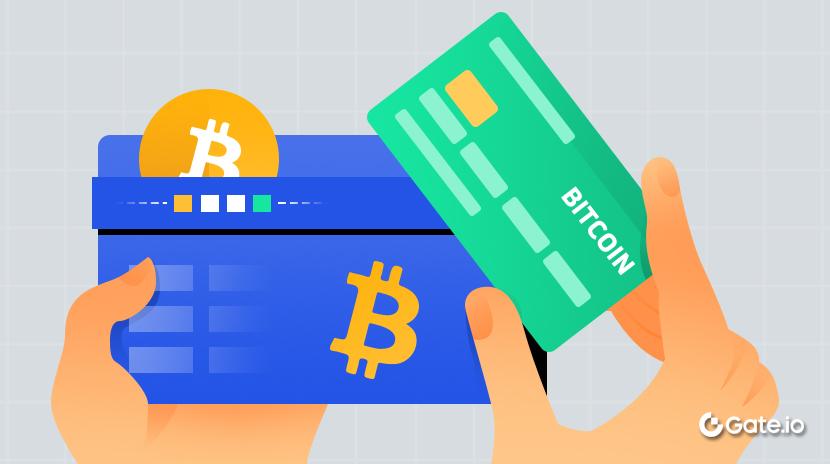注意力是否驱动价值?
这几天看到很多关于注意力价值的辩论,以及它在加密货币及其他领域的重要性(或不重要性)。
这是我对它的看法,以及Kaito在其中的角色:
注意力是否推动价值?
“第一次创办公司的创始人专注于产品。第二次创办公司的创始人专注于分销。” - @justinkan

在当今世界,消费品的分销通常与注意力密切相关——以屏幕时间或声音份额的形式。
关注,远远超出了加密货币,这一点至关重要。
太多时候,一个不错的产品可能会比一个平庸的产品得到更少的采用,仅仅是因为分销的原因。
在加密领域,即使是最好的产品,当获得大量关注时,也能加速其增长——我们已经看到hyperliquid自TGE以来其市场份额的巨大加速。

那么,如果关注推动价值,它是否推动估值?
1/ 对于非搞笑项目,我的框架是用户采用与投资者教育之间的间接关系:
• 注意 → 用户采纳 → 更强的基本指标 → 潜在的流动性购买
• 注意 → 投资者教育 → 潜在的流动性购买
这实际上是传统金融上市公司的运作方式:
• 你有一个专注于漏斗顶部的市场部门 → 用户转化
• 你有一个专注于投资者教育的投资关系部门
在加密领域,注意力变得更加重要/有价值的原因有两个:
• 你的用户往往也是你的代币持有者,因此你是在同时转换两者
• 投机需求存在关注溢价
2/ 当谈到memecoin估值时,第一个漏斗分解,因此我倾向于将memecoin估值框架视为简单的
注意 x 叙述 (基本 x 多重)
• 在相同的注意力下,由于不同的叙事,表情包的价值有所不同。
• 在同一叙事中,表情包竞争注意力。
我不会具体谈论任何推出,但简单来说,关注很重要,但并不是所有的关注都是一样有价值的。
预先和后期项目中注意力建设的作用
1/ pre-tge:
考虑到TGE时激励通常有多大,关注的单位价值对于:
• 通过分布式品牌意识和教育,将尽可能多的空投接收者转化为用户
• 向尽可能多的潜在投资者讲述投资案例
2/ post-tge:
• 注意力建设对于新产品发布和新投资案例最为重要
• 但大多数品牌也采取持续关注的方式 - 这对用户获取/留存以及资本市场至关重要 - 就像典型的上市公司所做的那样
与对Kaito的关注价值相关
有些人觉得 yaps 可能在激励喧闹 / 低质量内容
不过,从实时的yaps排名来看,yaps一直以来都非常倾向于优质讨论。
作为一个例子,在过去的24小时内,排名前三的yaps涨幅最大的币种是
- @udiWertheimer对马斯克关于加密的评论引发了重要讨论
- @EliBenSasson) 批评比特币无法实现 OP_CAT
- @fiddybps1批评Jeff.hl关于在Hyperliquid上透明交易对大型交易者有利的说法

请注意,这与每个yapper排行榜不同,项目团队可以控制他们想要奖励的讨论类型,包括洞察力、情感/对齐等。
在关注时需要意识到的一个细微之处是,它来自谁,以及以何种形式出现。
对于一些项目,他们决定把重点放在尽可能创造更多的意识上,就像Loudio所决定的那样——这意味着他们选择的算法更少关注质量和洞察力。
相反,其他项目可能会决定,他们希望促进集中、深入的讨论,也许围绕特定的产品,就像我们从 Infinex 等项目中看到的那样。
Kaito在这两者中的角色是根据他们的重点进行定制,通过这样做,它也在教育和品牌感方面惠及用户——你能够通过他们感兴趣的激励/认可的内容对项目有一个感知。
通过Kaito转化注意力
Kaito并不只是关注注意力的形成。除了Yaps,我们还有:
从关注形成到用户转化 - Kaito Earn
从关注形成到资本形成 - 资本启动台
从注意力形成到市场形成 - 敬请关注
从五月开始,随着Kaito Earn的推出,Kaito已经在用户转化方面大力投入,利用我们高质量和高度参与的用户基础。
上周我们宣布Kaito激活了33699个激活代理,这大约占Newton活动的1/3。这些代理使用实际美元进行BTC、KAITO等的定期购买,并生成了实际费用。
同样,我们与infinex和其他人有合作项目。

不久,随着资本发射平台的推出,Kaito将利用AI分析弥合资本形成的差距,优化长期对齐、增值和覆盖。
在垂直方向上,Kaito 正在向 X 之外扩展,以帮助进一步打破回音室 - 敬请期待更多内容的到来
结论
在注意力经济中,注意力本身就是有价值的
细致的看法是,注意力的价值取决于保留、共识、基础主题(即产品)、质量以及许多其他因素。
世界只朝一个方向前进 -
主导关注的影响者将主导货币化
主导屏幕时间的科技平台将主导分发和用户生成的数据
这就是为什么如今品牌(和创始人)需要社交存在感的原因。
与其抵抗这一全球趋势,我们行业有能力建立一个对每个人都更加公平和赋权的网络
这就是我对InfoFi的愿景 -
通过解锁三个主要支柱来赋能大众的货币化:
- 主权数据所有权和货币化
- 市场力量作为最接近真相的来源
- 信息市场是表达市场观点最民主化的方式
让我们继续突破界限。
免责声明:
相关文章


不可不知的比特币减半及其重要性


如何选择比特币钱包?

CKB:闪电网络促新局,落地场景需发力


